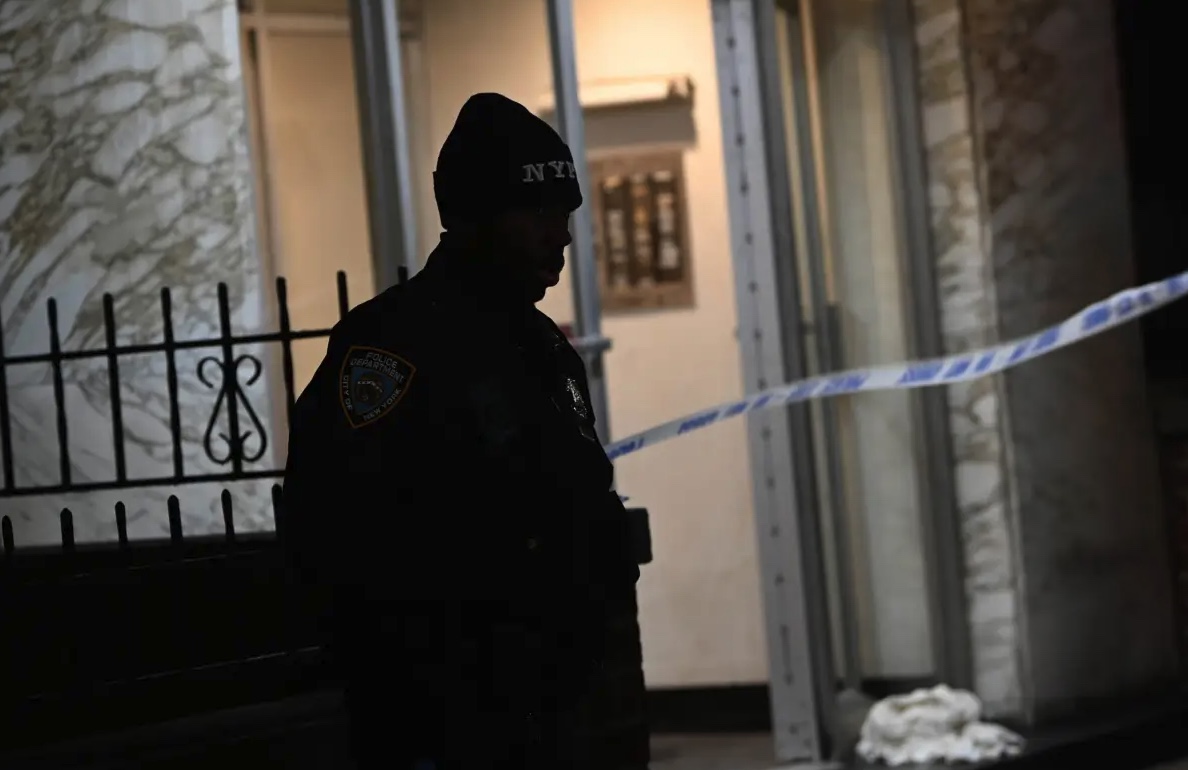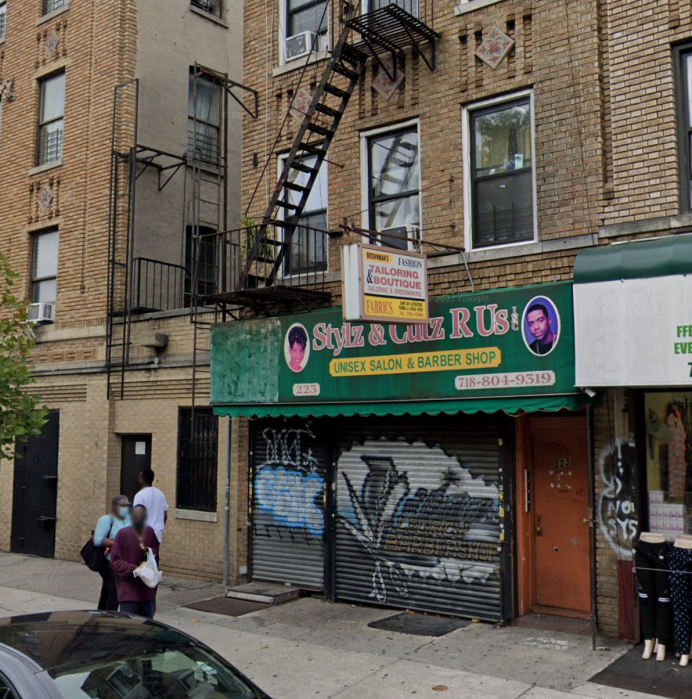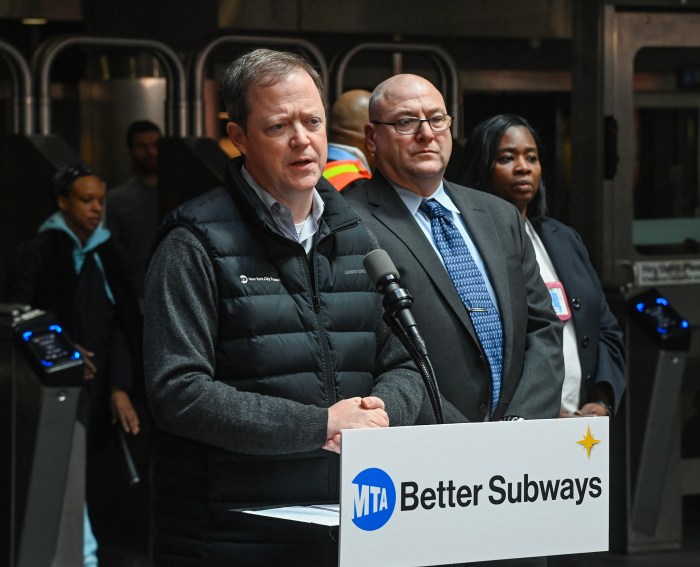Bensonhurst residents had a simple reaction to a new report that the air in their neighborhood was filthy: Tell me something I don’t know.
“You can feel the thickness,” said John Fruente, 15-year resident of 25th Avenue. “Sometimes you choke or you really have a hard time breathing.”
The release of the American Lung Association “State of the Air” report this month sent local civic groups into a frenzy. One group — Concerned Citizens of Bensonhurst — even set up a monitoring station for six hours at the notoriously grimy corner of 86th Street and 18th Avenue.
“When an 18-wheeler would pass, the needles went sky high,” said Adeline Michaels, member of the group. “Diesel exhaust caused it.”
She said that trucks that idled at the light also caused the indicator to jump.
New York was 17th on a list of top polluted cities, with Brooklyn’s air getting a failing grade, mostly due to particles of soot mingling with the stuff we breathe.
Small particles are a big problem for Brooklyn. Particulates can get lodged in your lungs, causing wheezing, coughing, chronic bronchitis and heart problems.
The business district of 86th Street is to blame for Bensonhurst’s horrid air quality. Delivery trucks run rampant on the booming blocks at every hour making the area an infestation of smog and a hassle for residents.
“The trucks, and the highway, it all adds to the problem,” said Lorraine Sarutto, an 18-year resident of Bay 17th Street. “The air is a garbage dump. I’m smelling gas fumes in my bedroom.”
The state Department of Environmental Conservation has five air monitoring sites set up across Brooklyn, none of which are in Bensonhurst. Junior High School 126 on Leonard Street in Greenpoint is the only site that monitors particulate matter in Kings County.
Yet despite the lack of sites, the DEC has made progress in pollution control. The JHS 126 site has recorded drops in particulate matter from 15.27 to 14.46 micrograms per cubic meter over a five-year span — so now we’re just below the Environmental Protection Agency’s standard of 15 micrograms.
“We’ve made significant strides,” said Thomas Panzone, a Conservation department spokesman. “And we need to continue to develop new ways in which to build upon this process.”
Bensonhurst residents will cough to that.



















